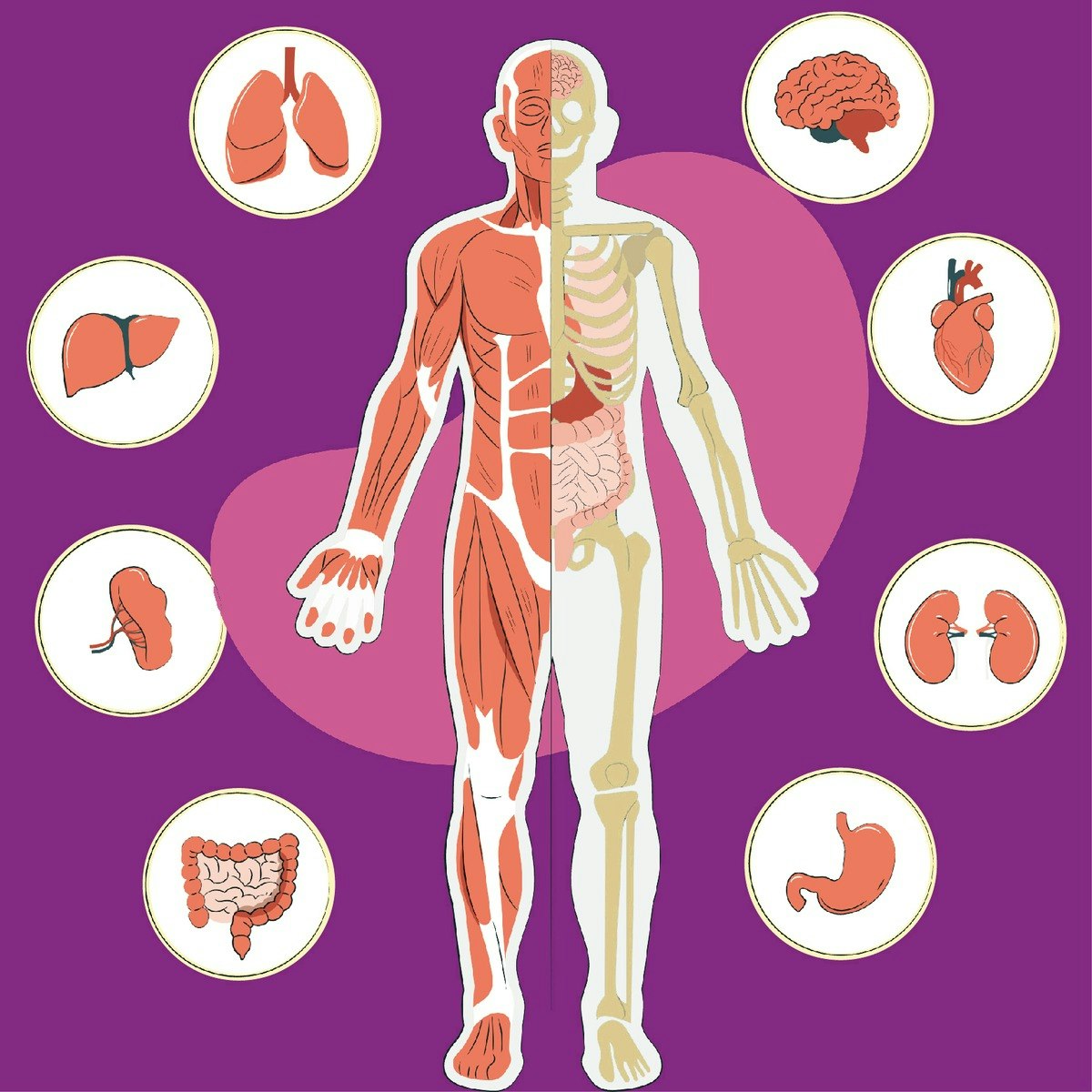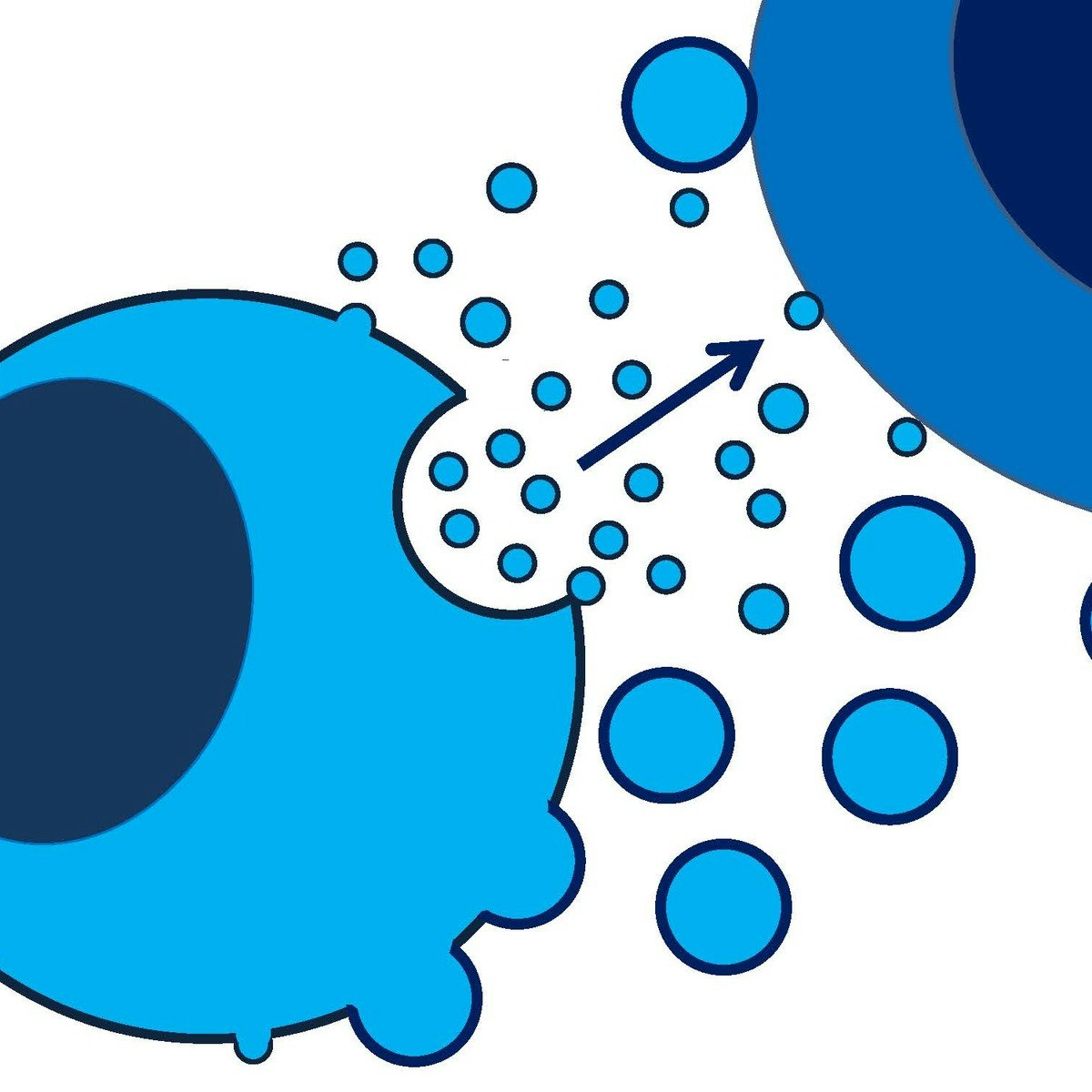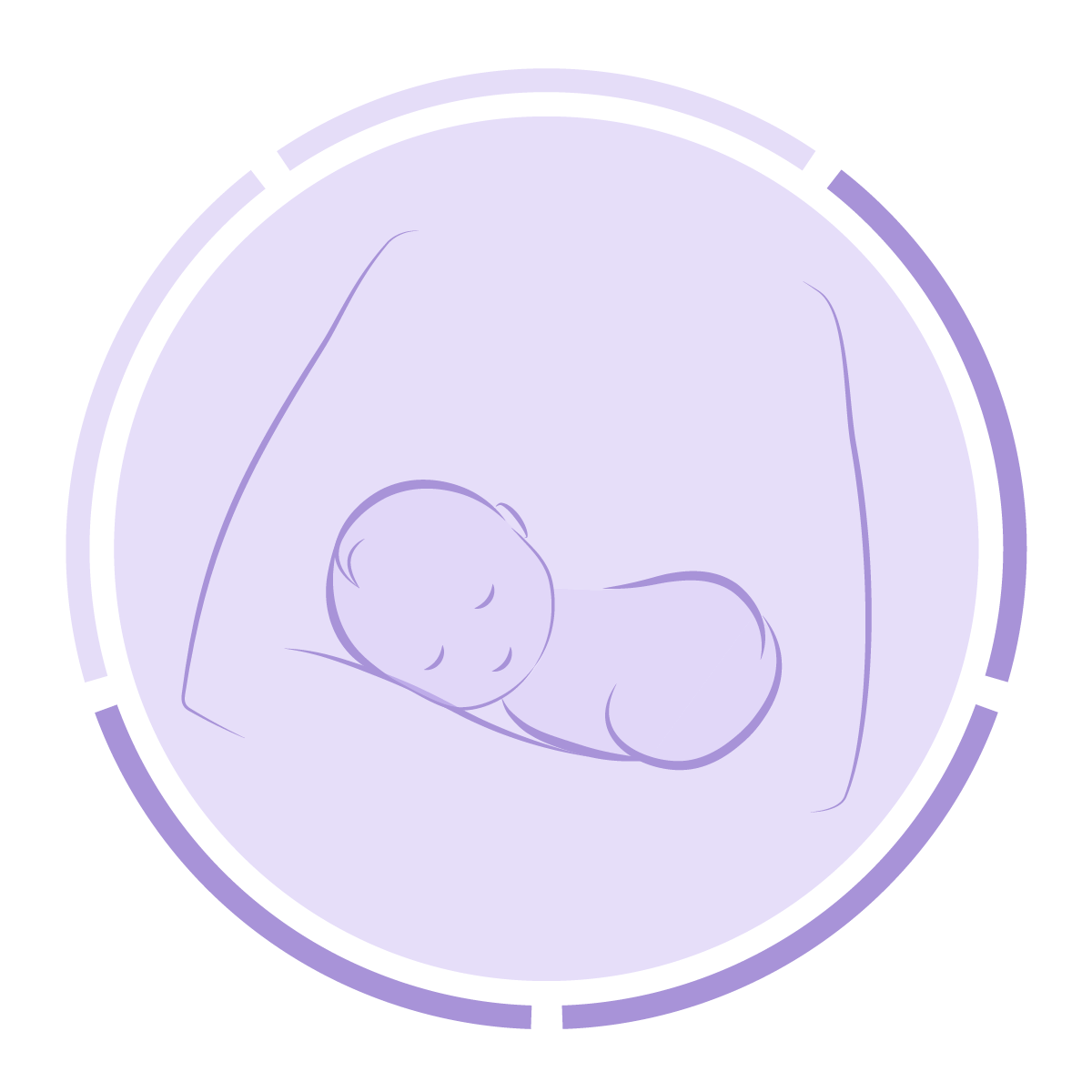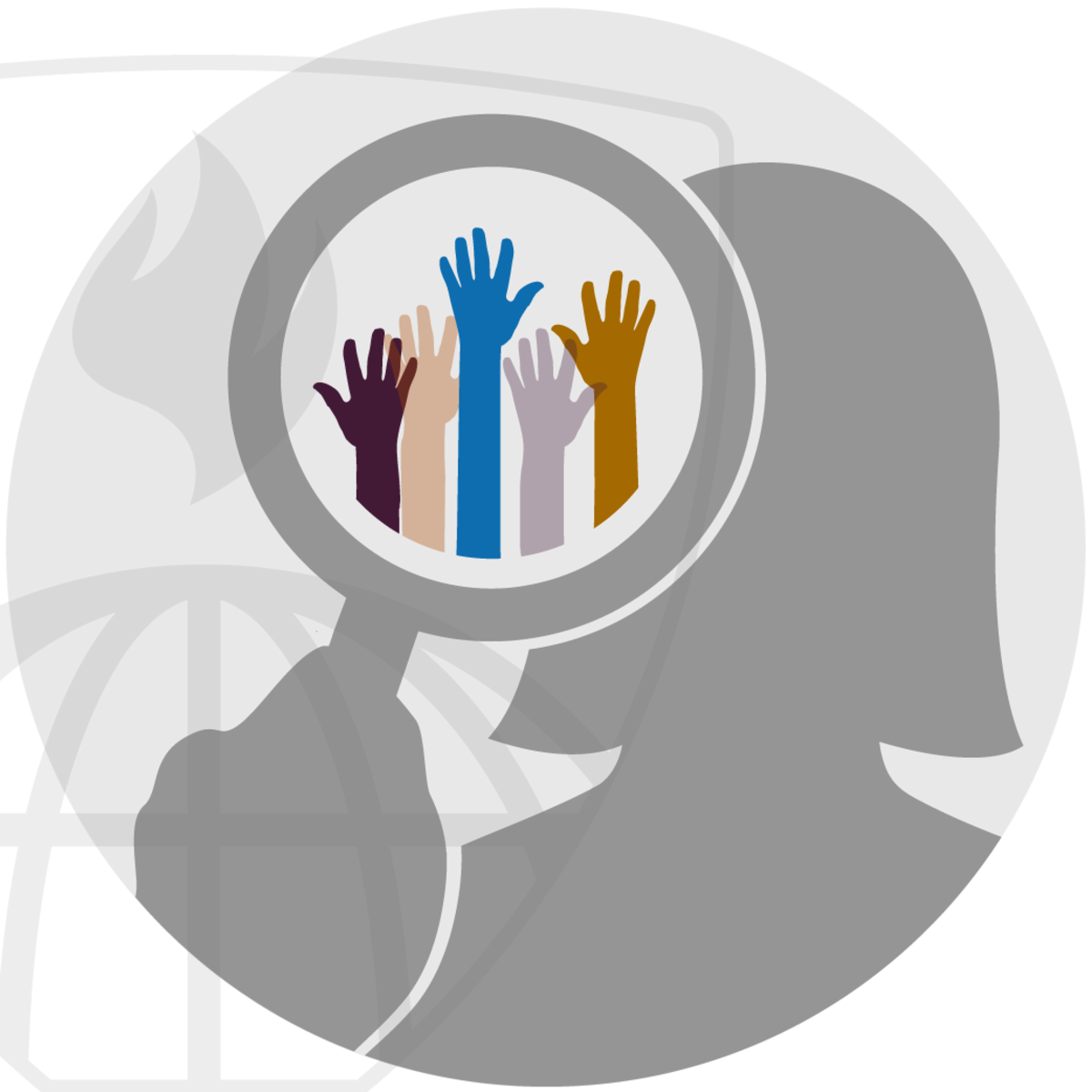Back to Courses









Life Sciences Courses - Page 5
Showing results 41-50 of 644

Science of Firearm Injury Prevention Among Children & Teens
Firearm injuries are a leading cause of death among children and teens. However, there are many ways that these injuries and deaths can be prevented using evidence-based practices and policies.
Presented by the University of Michigan Institute for Firearm Injury Prevention and the Firearm Safety among Children and Teens (FACTS) Consortium, this course lays a broad foundation for understanding the science of pediatric firearm injury prevention and the latest research and evidence-based solution. This course covers a range of firearm injury topics including firearm-related suicide, unintentional firearm injury, firearm-related community and youth violence, firearm-related intimate partner violence, school and mass shootings, and officer-involved shootings. Through lectures and interviews from leading firearm injury researchers, and activities, readings, discussion boards, and quizzes, learners can become familiar with the epidemiology, prevention strategies, and policy efforts related to pediatric firearm injury prevention. The course also covers important gaps in existing research and future directions for expanding the knowledge base of the field.
This course is designed for multiple fields and levels of training, including students and researchers from public health, medicine, public policy, social work, nursing, criminology, sociology and psychology fields. The course is also appropriate for practitioners, educators and parents. As a learner, you will have the ability to select all modules or individual topics that interest you most. Composed of 7 modules, this course may be taken from the comfort of your home or office, and you can learn at your own pace.
Supported by a grant to the University of Michigan by the National Institutes of Health - Eunice Kennedy Shriver National Institute of Child Health and Human Development (NIH/NICHD) (Award Number: R24HD087149) and the University of Michigan Institute for Firearm Injury Prevention. The content is solely the responsibility of the contributors and does not necessarily represent the official views of the National Institutes of Health - Eunice Kennedy Shriver National Institute of Child Health and Human Development (NIH/NICHD) or the Department of Health and Human Services.

Fundamental Human Physiology in Sports Medicine
This is a course on fundamental sports-related musculoskeletal anatomy which provides students with a basic understanding of the musculoskeletal structure and function of different body regions. Topics include an overview of the musculoskeletal system, spine, upper limb, and lower limb.

Fundamentals for Implementing a Hypertension Program
This course provides the fundamental knowledge necessary for program managers and implementors in a hypertension control program, especially in resource-limited settings. The course is interactive and includes useful tips relevant to different settings. The course should be also relevant to physicians, nurses, pharmacists, community health workers, and others who are interested in learning about hypertension diagnosis and management.

Basics of Extracellular Vesicles
This course aims to provide the basic knowledge about extracellular vesicles (EV) a generic term including exosomes, microvesicles, microparticles, ectosomes, oncosomes, prostasomes, and many others. It covers areas such as EV history, nomenclature, biogenesis, EV cargo as well as the release and uptake mechanisms, collection and processing prior to isolation, different isolation methods, characterization and quantification techniques.
This course is divided into five modules. Module 1 is an introduction to the field and will cover the nomenclature and the history of EVs. Module 2 will focus on the biogenesis, release and uptake mechanisms of EVs as well as the different EV cargos (RNA, protein, lipids). In Module 3, we will focus on the collection and processing of cell culture media and body fluids such as blood, breast milk, cerebrospinal fluid and urine prior to isolation of EVs. Module 4 and 5 will present different isolation methods and characterization/quantification techniques, respectively. Here differential ultracentrifugation, size exclusion chromatography, density gradient, kit based precipitation, electron microscopy (EM), cryo-TEM, flow cytometry, atomic-force microscopy and nanoparticle tracking analysis will be presented.
The recommended prerequisites are college-freshman-level biology and biochemistry.
After a completed course you should be able to:
+ Discuss the nomenclature and subgroups of extracellular vesicles.
+ Describe the RNA, protein and lipid content of extracellular vesicles.
+ Describe the basic concepts about the most common isolation and characterization techniques and how these techniques are used in the EV field.
+ State the benefits and limitations of the most common isolation and characterization techniques for extracellular vesicles. + Explain the considerations that are important during the collection and isolation of EVs from different body fluid.
+ Describe the release and uptake mechanisms of extracellular vesicles
All lectures are given in English.
Each of the five modules will be followed by an exam. All exams will be in the format of multiple choice questions.
The course is organized in collaboration between the International Society for Extracellular Vesicles (ISEV), University of California Irvine (USA), University of Gothenburg (Sweden) and Pohang University of Science and Technology (South Korea).

Guidance to Keep Newborn Babies Safe and Healthy
In your previous 2 courses, you learned some medical interventions and skills to keep newborns healthy in the days and weeks after they have been born. In this course, you will learn some key things that parents will need to do to keep their babies safe and healthy. The Guidance to Keep Newborn Babies Safe and Healthy Course will teach you best practices for how your baby will spend most of their day: eating, sleeping, and sometimes crying. Parents need to understand how to optimize nutrition, how to create a safe and happy sleep environment, how to safely transport their baby in their car, and how to respond to their baby’s crying.
A newborn baby is an amazing beautiful life filled with hope. There is so much that goes into making sure that babies are born healthy, and so much more to think about after they are born. Whether you are in the health care field, or even a parent, this course is the perfect educational opportunity for you to keep newborn babies healthy in the days and weeks after they are born!

Introduction to Integrative Therapies and Healing Practices
This introductory course provides a framework for incorporating integrative therapies into your work with clients or patients. By the end of the course, you will be able to assess if integrative therapies are good options in specific situations, as well as educate patients and colleagues about benefits and risks. You will be confident discussing the evidence base for integrative therapies in general, with an understanding of some of the challenges of research in this area, and able to identify reliable sources of evidence-based information. You will leave with the skills to partner with patients or clients around use of these therapies and a plan to introduce integrative therapies in your work or other setting.
Continuing Education Credit
This course has been designed to meet Minnesota Board of Nursing continuing education requirements for 15 contact hours and may be eligible for CE credit from other professional boards that allow self-documenting of continuing education activities. It is your responsibility to check with your regulatory board to confirm this course meets your local requirements and, if necessary, to provide them with the certificate of completion you get if you pay for and fulfill all the requirements of this course.

Foundations of Health Equity Research
Introduces students to the core principles of health equity research. Covers topics such as defining health equity, engaging community and policy stakeholders, patient-centeredness, cultural competence, and dissemination of research findings. Content will recognize different geographic, cultural, and social contexts where health inequities occur.

Service Transformed: Lessons in U.S. Veteran Centered Care
Improving health care for veterans has become a matter of national attention and has gained increasing attention from the medical community. With the current surge of veterans reintegrating into civilian society it is critical to improve the training of the next cadre of providers who will provide care for our veterans. It is widely known that veterans receive care in all aspects of the health system, thus providers in veteran focused care facilities, military health serves and civilian locals must be aware of the unique needs of veterans. It is perhaps even more important to educate civilian providers who may be unfamiliar with the unique physical, mental and emotional needs related to military service.
Course Audience
- all health professions learners, example:
- medical students, resident physicians, dental students,
- nursing students, advanced practice nurses,
- social work, pharmacy student as graduate level learners
- as well as any and all health professionals interested in veteran-centered care
What You Will Learn:
This course will provide learners the opportunity to engage with material to facilitate their understanding of the origins of Academic Medical Centers and Veterans Administration affiliations, recognize and manage the influence of bias, class, and power on the clinical encounter and self-reflect on their biases that particularly affect U.S. military veterans. This course also features several video clips from the acclaimed documentary, Where Soldiers Come From, directed by Heather Courtney.
The views expressed in this course are those of the authors and do not necessarily reflect the position or the policy of the Department of Veterans Affairs or the U.S. government.

Program Design & Evaluation for Health Systems Strengthening
This course provides an introduction to designing and evaluating to strengthen the health system. After successful completion of all learning activities, course participants will be able to:
1. Define health systems strengthening
2. Describe health systems frameworks and how to incorporate them into evaluation planning
3. Describe how to design and prioritize implementation of health systems programs
4. Detail approaches to evaluate health systems programs, including data sources and study design
5. Introduce tools to assist with evaluation planning and simple models to assess health system intervention impact
6. Describe how to interpret health system evaluation findings and sustainability and scalability implications

Global Disease Masterclass: Communicable Diseases Epidemiology, Intervention and Prevention
This course is all about infectious diseases. We’ve selected four disease areas — HIV, Malaria, Emerging Infectious Diseases (Ebola and Zika), and TB — and we will go through each in turn. We’ve selected these diseases because they span a range of different types of disease and allow us to look at important issues that relevance of other diseases too. We will look at each disease in the same way: we begin by looking at the aetiology and epidemiology of the diseases. We then show how data on this disease can be used to understand important trends and patterns. We then focus on the interventions that can be used to address that disease - typically spanning both prevention and treatment - and consider how policies have been developed to address the disease. We finish by reflecting on the whole topic area of the disease with an external expert.
Popular Internships and Jobs by Categories
Find Jobs & Internships
Browse
© 2024 BoostGrad | All rights reserved